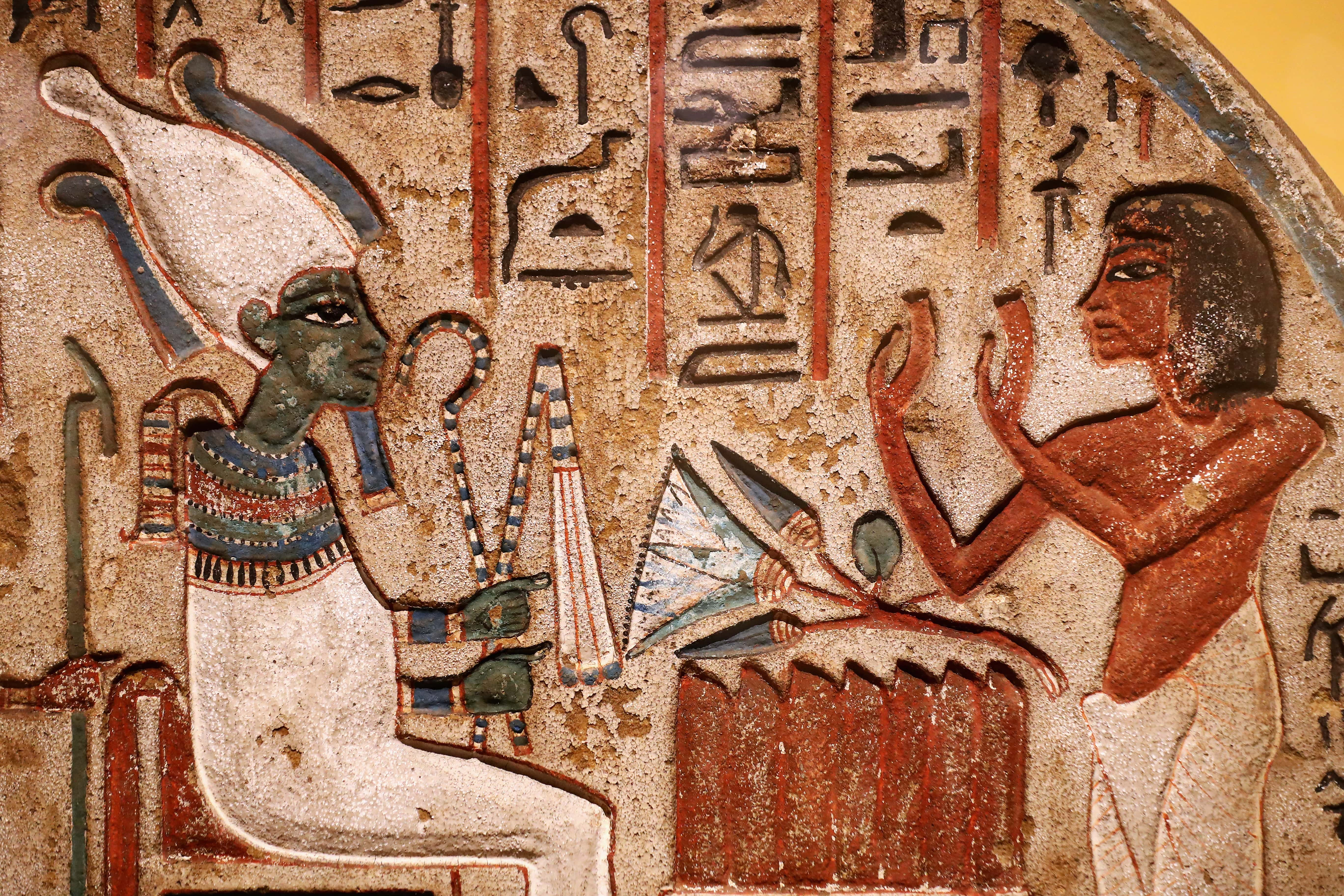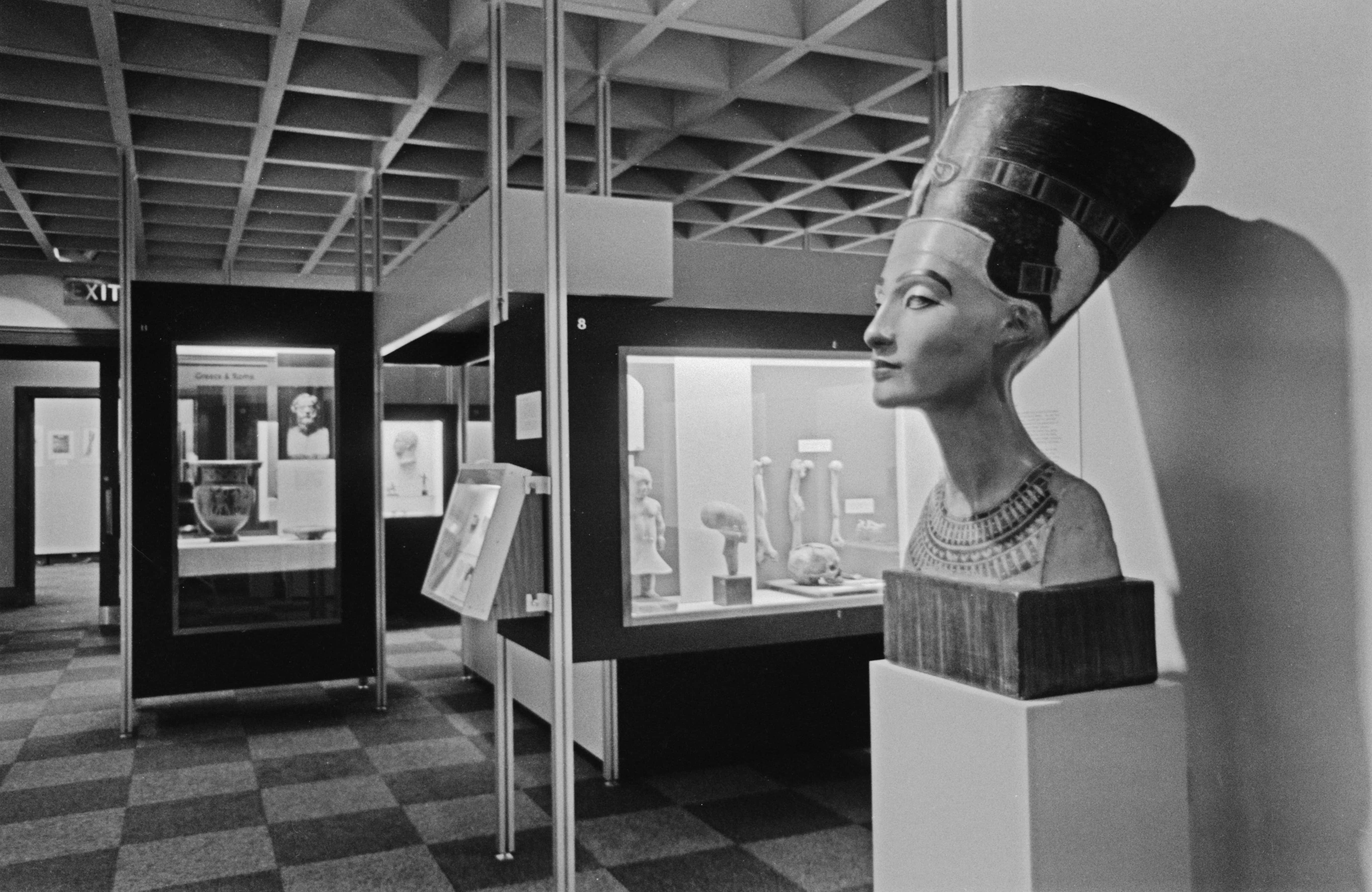DNA results awaited as archeologist claims to discover Queen Nefertiti’s 3,000-year-old mummy

LUXOR, EGYPT: A prominent Egyptian archeologist claims that he has solved one of archeology’s greatest mysteries by finding the location of King Akhenaten's wife, and Tutankhamun's mother Queen Nefertiti’s mummified remains. The claim has been made by Zahi Hawass, an expert on ancient Egypt who is currently investigating the mummy. He was also the previous Minister of State for Antiquities Affairs in Egypt and was part of the Egypt-led team that undertook a high-profile excavation in Luxor’s V. Now DNA tests are likely to determine if the newly found mummy is actually the remains of Nefertiti or not.
Last December, the researchers revealed that they had also discovered a number of unidentified mummies, one of which Hawass believed to be Queen Nefertiti. He told Newsweek, “We already have DNA from the 18th dynasty mummies, from Akhenaten to Amenhotep II or III, and there are two unnamed mummies labeled KV21a and b. In October we will be able to announce the discovery of the mummy of Ankhesenamun, Tutankhamun’s wife, and her mother, Nefertiti. There is also in tomb KV35 the mummy of a 10-year-old boy. If that child is the brother of Tutankhamun and the son of Akhenaten, the problem posed by Nefertiti will be solved.”
RELATED ARTICLES
The Egyptian 'Unlucky Mummy' that many believed was responsible for Titanic sinking
According to Daily Mail, Queen Nefertiti co-ruled with her husband, Pharaoh Amenhotep IV, around 3,300 years ago at a time of great social unrest and wealth. Amenhotep IV reformed the nation's polytheistic religion into a monotheistic religion centered on the sun's disc, Aton. He shifted the capital from Thebes to a newly constructed city named Akhetaten, which means "horizon of the god Aten," and changed his name to Akhenaten, which means "beneficial to Aten." Following his passing, Egypt's old culture was revived, and the majority of Akhenaten monuments were vandalized or destroyed. The specifics of his and Nefertiti's graves were hidden, and he was left off of the kingdom's lists of kings.

The Egyptian Queen, according to a recent theory by archaeologist Nicholas Reeves, may have been sheltering in a secret chamber of King Tutankhamun's enormous tomb, which was discovered in 1922. A hugely controversial theory initially made public in 2003, asserted that she was one of three unidentified mummies discovered within Pharaoh Amenhotep II's tomb. However, the Ministry of Culture of Egypt rejected both theories earlier.

Meanwhile, the reported finding of Nefertiti by Hawass is the fourth in seven years. Hawass said, “I am still looking for two things: [Nefertiti’s] grave and her body. I really believe that Nefertiti ruled Egypt for three years after Akhenaten’s death under the name of Smenkhkare. There are many hurdles to the discovery of Nefertiti’s tomb, given her mysterious life about which only a little was revealed. It is said that ancient Egypt’s most famous figures are the most mysterious ones.”










